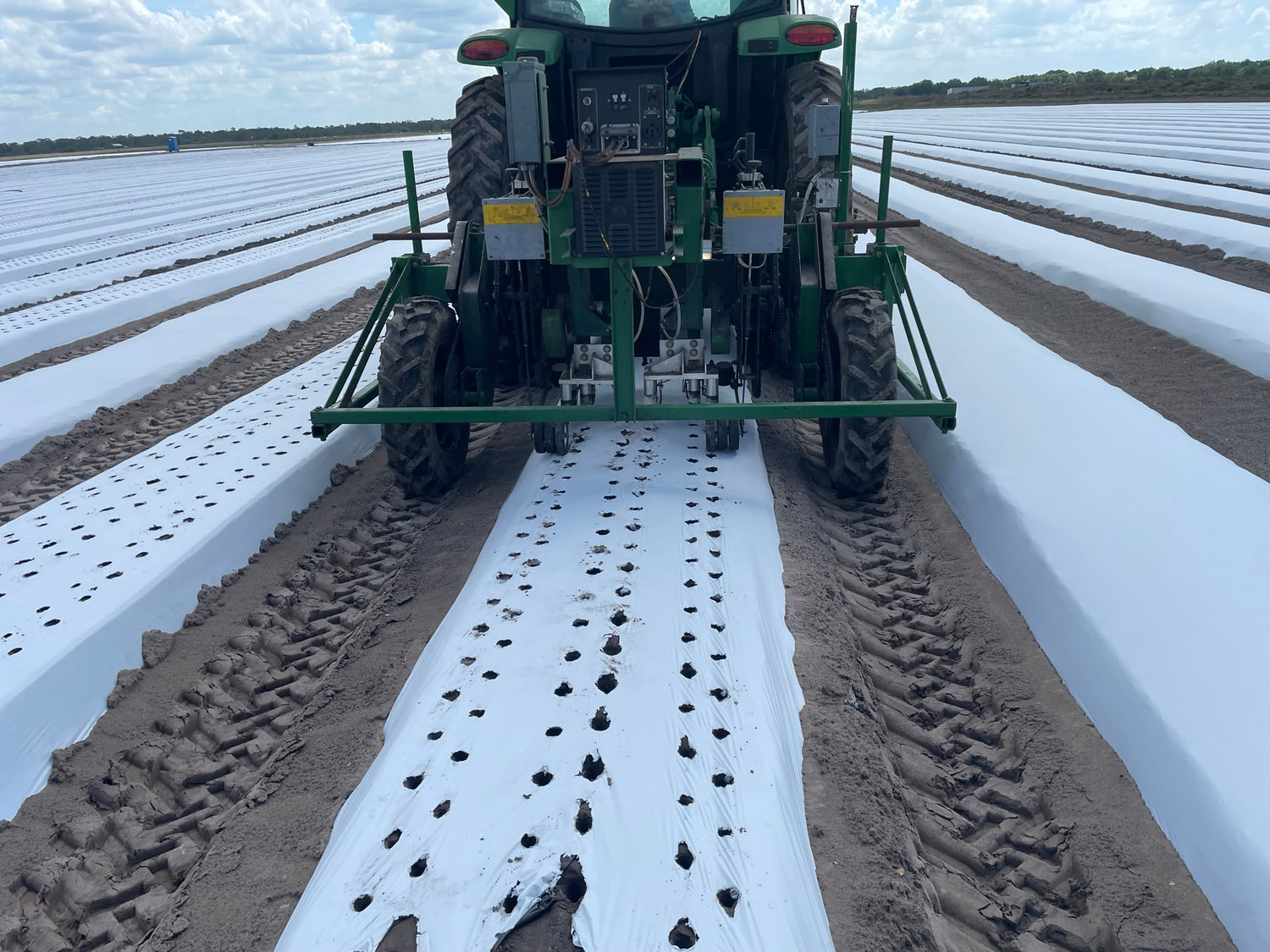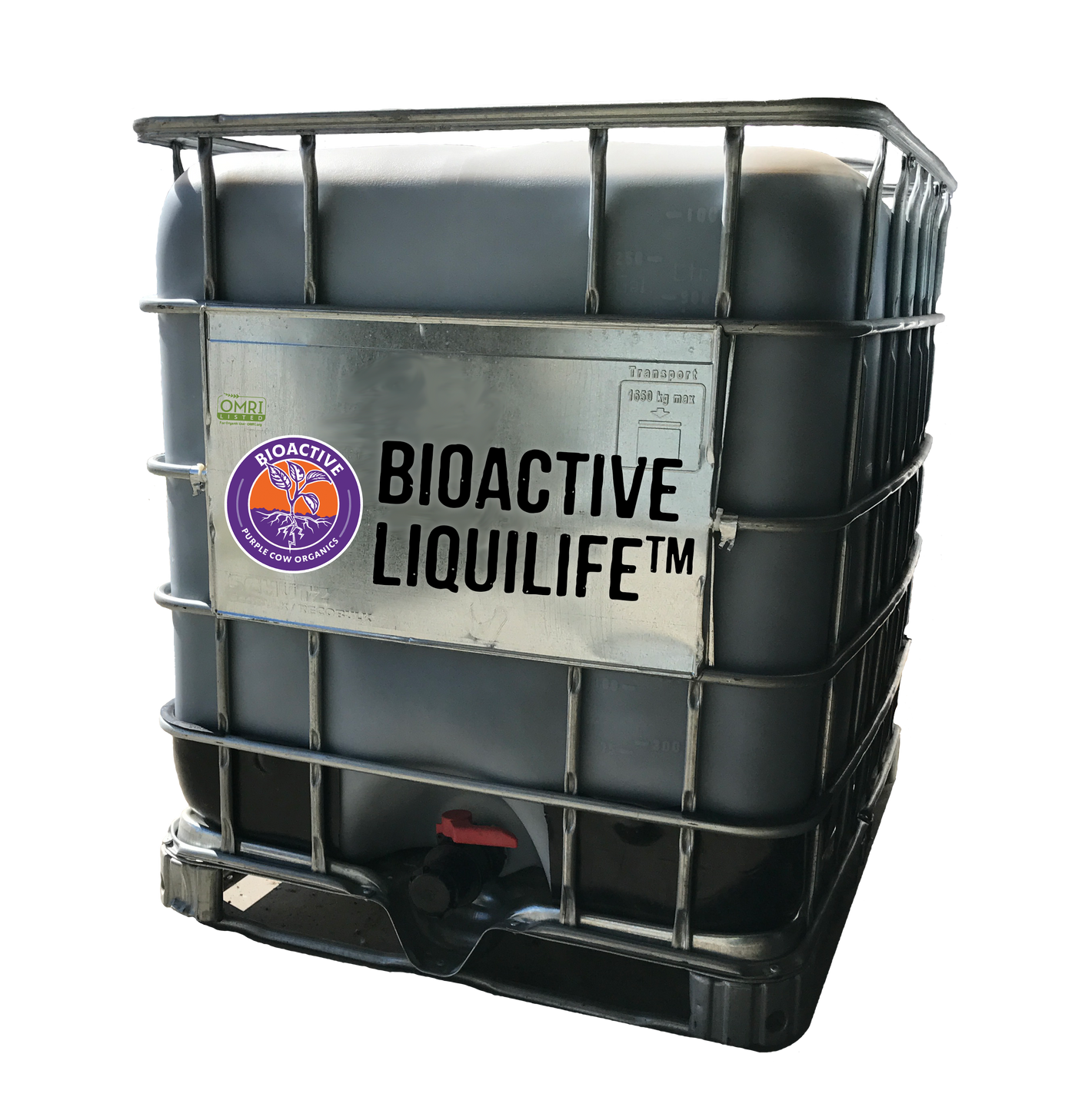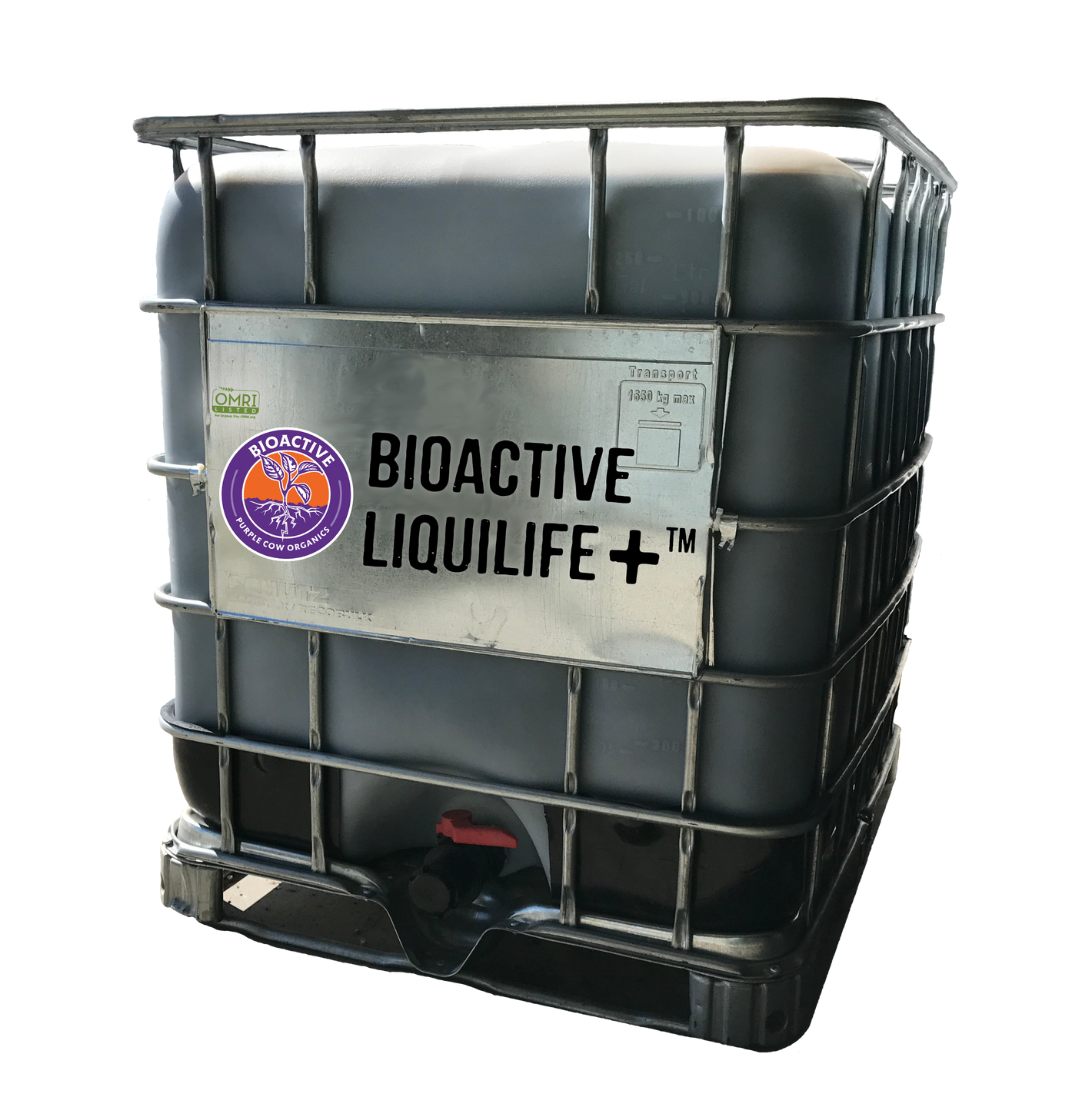Attach every mineral molecule to a carbon particle and have biology drive the exchange.
This is the key to fertility efficiency, mineral exchange, nutrient density, and more. Highly soluble/highly leachable mineral inputs can be lost from the system long before the plants require them. Carbon to immobilize and biology to metabolize is a win for the grower. Conversely, some minerals are tied up and not readily available; biology addresses this challenge, and with carbon, sets the stage for exchange and uptake.
Minerals, carbon, and biology together make for a better-growing system.

Agriculture professionals are busy. Oftentimes, fertility and nutrients are added when farmers can apply them, not when plants need them.
Over time, this can lead to decreased yields, loss of nutrient density, and even increased costs from applying more inputs. This quickly becomes expensive, as your crops can't get the full benefit of the fertility and nutrition that's being applied.
Putting minerals, carbon, and biology into a cycle can help to create an environment where nutrients are held in the soil when they're applied and made available to plants when needed.

The carbon-biological cycle is an important function of your soil microbes, and it brings a host of benefits to both your overall soil health and your crops.
One function this cycle provides is to immobilize the inputs that you apply. Immobilizing an input means that the mineral, nutrient, or fertilizer that you apply is held within the soil.
Inputs that are immobilized will not leech away and are stored in the soil and held until made available.
This process can help you reduce the amount spent on fertility inputs and can decrease your environmental impact through reduced leaching into waterways.

Because nutrients are held in the soil, they can be more easily processed, and made more available for your crops. This gives crops the ability to consume nutrients as they need it, contributing to an increase in nutrient density.
This active ability contributes to healthier and more diverse microbes, which are incredibly important when minerals are introduced to the carbon-biological cycle. Adding minerals allows for the production of metabolites, which act as a catalyst for cation exchange and nutrient uptake.
Carbon is a critical part of this cycle, as it is the most important element on earth; carbon is the building block for all life. For plants to grow, there needs to be an abundance of consumable carbon in the soil. Biology is the conduit through which carbon is consumed by plants and plays an equally important role in this cycle of consuming and producing nutrients.
This is where BIOACTIVE LiquiLife™ and BIOACTIVE LiquiLife+™ come into play.
Though carbon and biology work together to drive this cycle, healthy plants wouldn't grow without other key nutrients, such as Nitrogen, Phosphorus, and Potassium. However, there are many more minerals within healthy soil that plants need to be able to grow. A wide array of minerals is important when talking about improving nutrient density because a diversity of minerals creates a diversity of metabolites.
Balancing different minerals is crucial when considering what metabolites you are trying to produce. A microbe will touch every input you utilize in this system, which means that to make diverse minerals available in your carbon-biological system, you need diverse biology.
BIOACTIVE LiquiLife™ and BIOACTIVE LiquiLife+™ are concentrated, broad-spectrum liquid biologicals that can be paired with a liquid or granular fertility system to help build the carbon-biological cycle within your soil.
-

BIOACTIVE LiquiLife™
Learn More -

BIOACTIVE LiquiLife+™
Learn More




